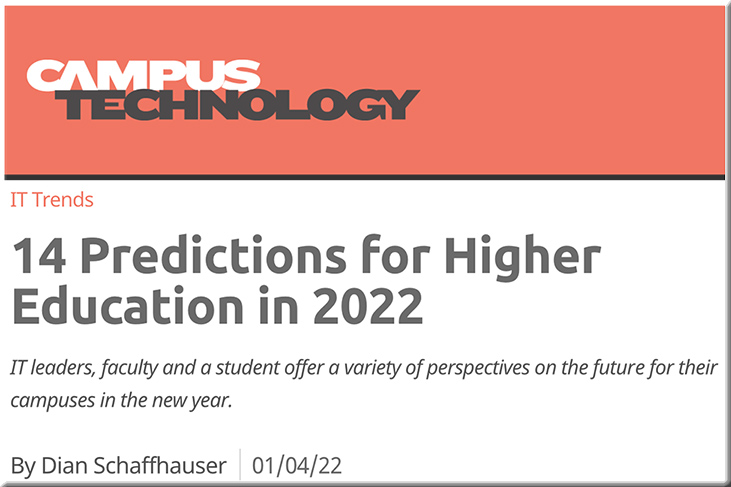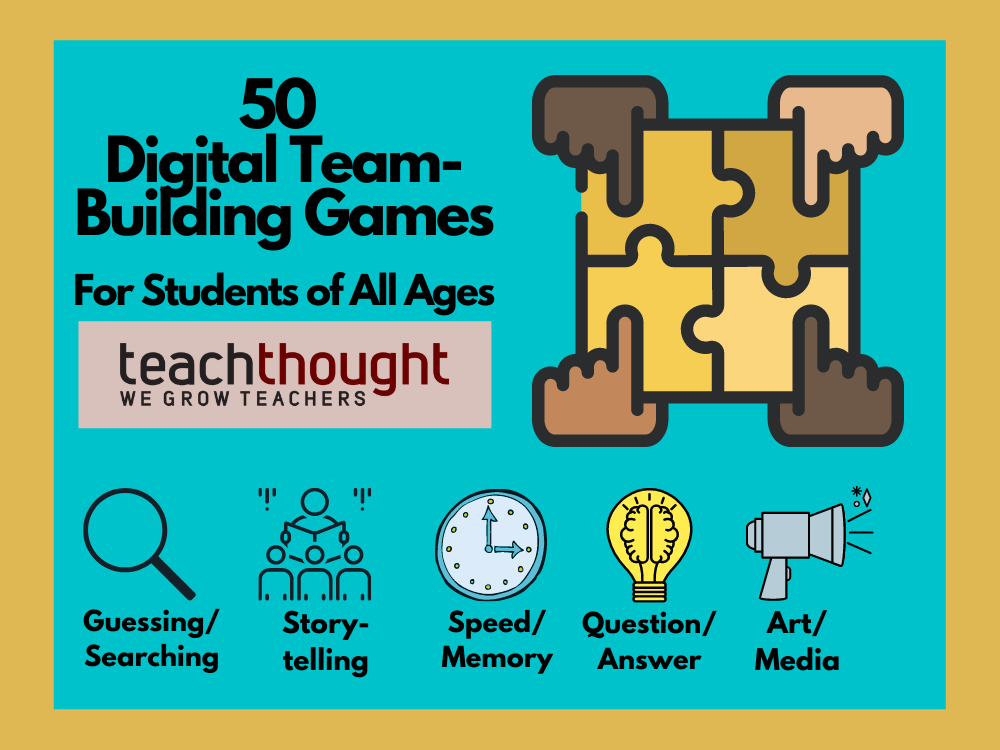My “If-Then” slides for transitioning curriculum between in-person and e-learning are available here (I made them for the districts I work with specifically, but everyone is welcome to use them)!https://t.co/inc9Aaz0o5 #LTCcoaches pic.twitter.com/BIEjlaTSAU
— Jennifer Leban (@mrsleban) January 13, 2022
From DSC:
As the article below clearly relays, MOOCs did NOT fail! In the last decade, they have reached 220 million learners worldwide!
I don’t know the total number of graduates from the Ivy League — throughout all of the relevant institutions’ histories — but I would bet you that MOOCs have reached far more learners. And MOOCs did so in less than a decade.
And you’re going to tell me MOOCs have been a failure?!!!! Are you being serious!?!?! You can talk about completion rates all that you want to (and that misses the point, as some people sign up for MOOCs without ever intending to finish the entire course). As with other things, people get out of something what they put into that thing.
A Decade of MOOCs: A Review of Stats and Trends for Large-Scale Online Courses in 2021 — from edsurge.com by Dhawal Shah
Excerpts:
Now, a decade later, MOOCs have reached 220 million learners, excluding China where we don’t have as reliable data, . In 2021, providers launched over 3,100 courses and 500 microcredentials.
…
Originally, MOOC providers relied on universities to create courses. But that dependence is declining as more and more of the courses are created by companies every year. These corporate partners in course creation include tech giants Google, Microsoft, Amazon and Facebook.
…the majority of the new courses launched on Coursera in 2021 are not from universities anymore.
…
These mass online courses were born without a business model. Yet within a decade, MOOCs went from no revenue to bringing in well over a half a billion dollars annually.
One Year Later . . . and Counting: Reflections on Emergency Remote Teaching and Online Learning — from er.educause.edu by Stephanie Moore, Torrey Trust, Barb Lockee, Aaron Bond and Charles Hodges
Excerpts (emphasis DSC):
Colleges with significant previous investments in online education, and ones that have worked to embed that experience into the campus’s mainstream, have seen the biggest jumps in enrollment.” In asking the question “When should a college invest heavily in online education?,” Hill concluded: “It seems increasingly clear that the answer is: at least a decade ago.” A view from “one year later” must include consideration of what college and university leaders chose to do years ago, when the decisions that created this reinforcing feedback loop were made.
…
Then there are the colleges and universities that resisted online learning for years or invested only in very isolated instances. These institutions were less prepared and suffered steeper enrollment and budget declines than their counterparts.
…
Aesop’s fable “The Oak and the Reeds” offers us ancient wisdom. In the story, the Oak mocks the Reeds that bend in the breezes. But when hit by a hurricane, the Reeds flex with the wind and survive while the Oak is beaten and broken. Some colleges and universities were more like the Oak, stubbornly resisting and finding that they could not resist the hurricane that was the pandemic. Other institutions proved more like the Reeds and were more agile in the winds, allowing flexibility and survival during a time of crisis.
50 digital team-building games (for students of all ages)
Excerpt:
At TeachThought, we believe that learning is inherently social, and we see a virtual or online learning structure as an opportunity to stretch ourselves and try new strategies. We’ve curated 50 of the most fun, engaging, and easy-to-implement digital team-building games for students of all ages, arranged by category.












